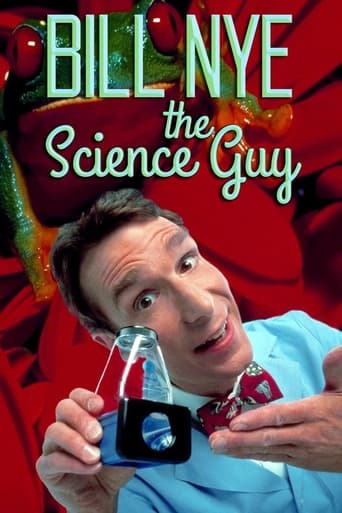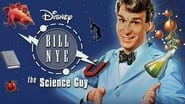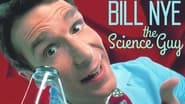reddragonhero17
Ah, Bill Nye, not just a TV show but an influence on my life as well. I managed to tape 17 episodes on one tape and even now, I still use it every now and then. I even used it it 6th grade for several subjects and the teacher was thankful I did. Like Square One, uses variety into the mix to teach children science. Bill Nye is a very funny man, and I like that he encourages kids to do experiments themselves. I bet the kids involved in this show have science degrees by now. I even love the music videos, parodies of other great songs in the 90's and 80's. Looking at it now, nothing has become dated, just as fun and educational as it was back in the 90's and I'm grateful it is still being shown on TV.
hillarybobillary
Although this series is getting old, the information is still very useful. It is a good program for all ages and you will learn a lot of concepts as well as little fun experiments. Something that is really cool about the show is that Bill Nye, the host, is actually a real scientist not just a paid actor!! This is an excellent educationally resource especially for the middle school aged kids, if you are a teacher consider looking into this. Most importantly, this show isn't boring, it can really help to get kids to realize that science can be fun! I know this is part of the reason why I found such an interest in science and I think others will have the same reaction.
madkaugh
This show was brilliant! It worked on so many levels. It was hip and entertaining in its own right, and very educational. I suspect if anyone bothered to measure the retention of material learned from this show vs traditional classroom methods, this show would blow the classroom results away. It had decent subject depth per episode and enough repetition to ensure the point got across, yet did not lag and loose the viewer. I enjoyed watching with my kids very much. It was orders of magnitude better than similar shows from the past.The only thing better than the show was the music video at the end. They were worthy of Weird Al.A pox on the Disney Corporation for leeching and hoarding this. You losers could not come up with this on your own if your life depended on it. Stick to your Chicken Littles, you mediocre has beens.The Bill Nye the Science Guy dial cranks up to eleven. 11/10 MadKaugh
Syl
Bill Nye is an established scientist and comedian from Almost Live with fellow announcer Pat Cashman. His show is very enjoyable, informative, and entertaining. I wish it was around when I was a kid. I learn more from him than any science teacher in my life. He has one topic on his show and he sells it easily like the forest. He can produce a music video to help sell the forest and he even used a supermarket type idea for kids. Even adults with college education without children can enjoy it. I love his outdoors in Seattle and guest stars. It's too bad the show is no longer being produced. He has a new show filmed of course in his beloved Seattle, Washington. Bill Nye is truly one of a kind. He is today's answer to Mr. Wizard. His show should still be repeated on public stations for adults and children audiences. He provides entertainment as well as education.



